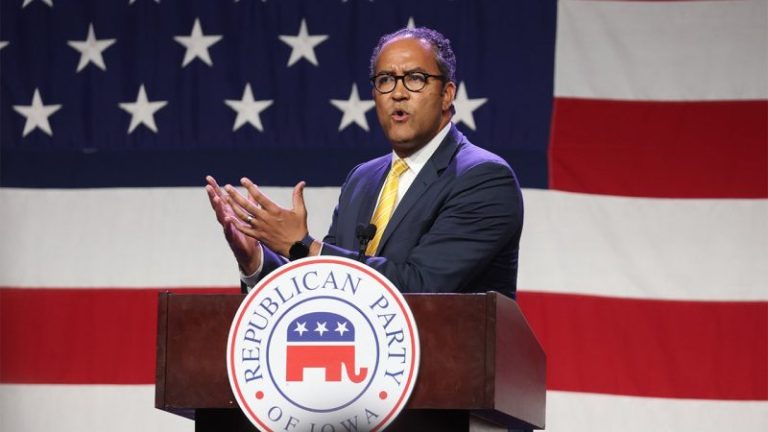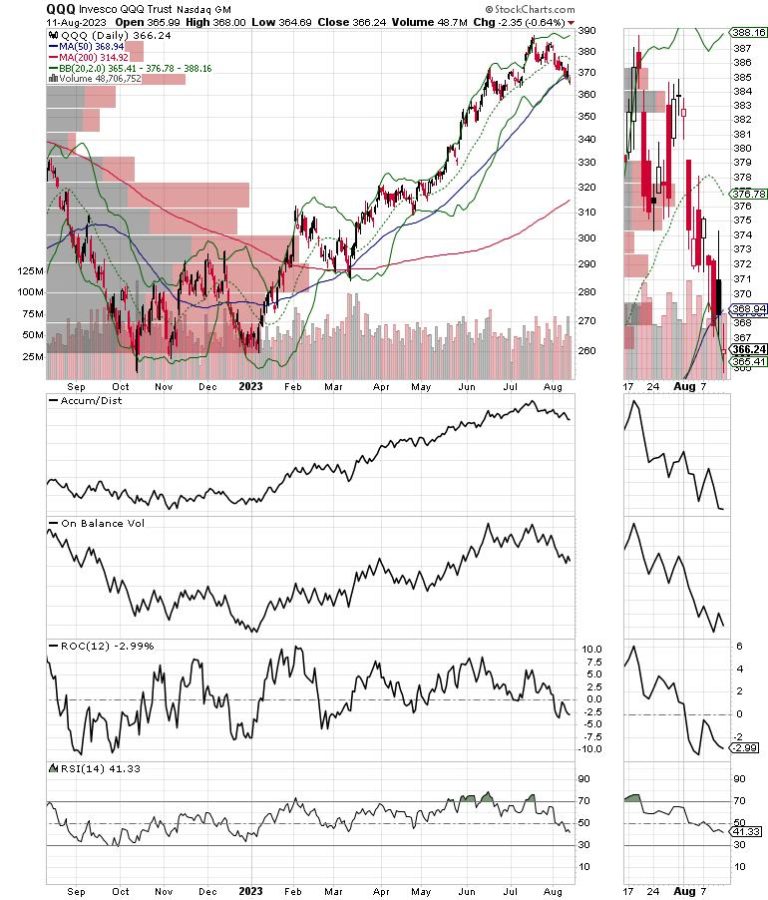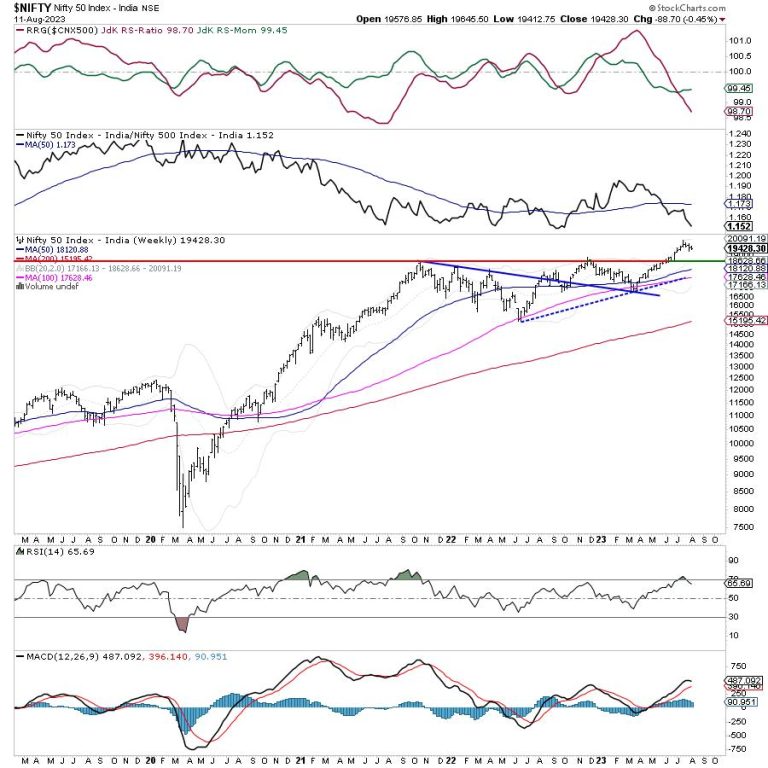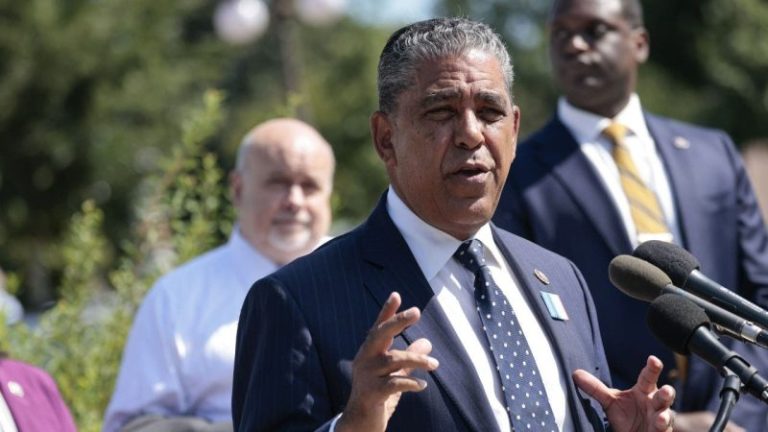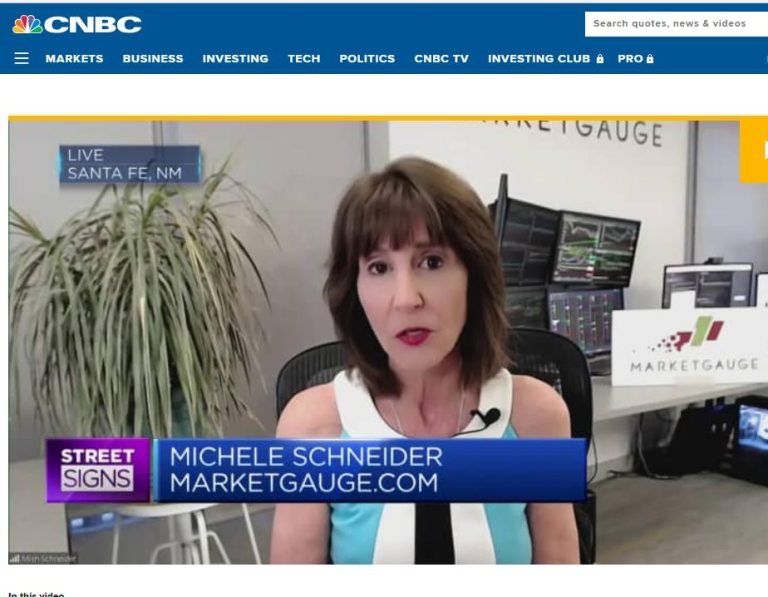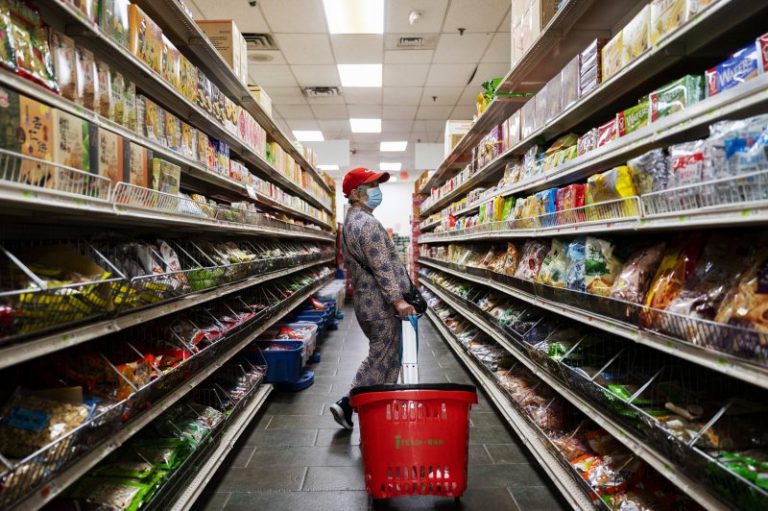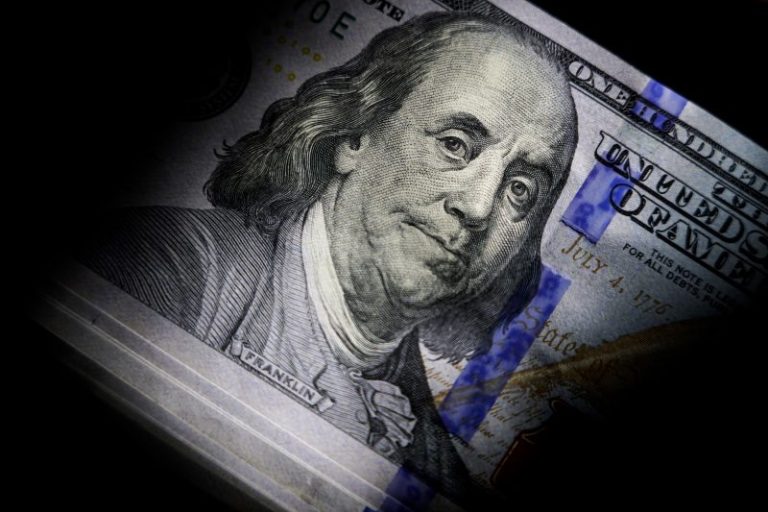FIRST ON FOX: 2024 presidential candidate Will Hurd is calling for the U.S. to treat cartels and human smugglers like terrorist organizations, as part of a border strategy ‘reboot’ to tackle the ongoing crisis at the southern border.
‘I represented a district that covered the U.S.-Mexico border, so I know first-hand the challenges we face at the border,’ the former congressman says, in a plan obtained first by Fox News Digital. ‘Politicians love to talk about the border crisis, but their inaction on both sides of the aisle speaks louder than their sound bites.’
Hurd’s strategy leads with a plan to treat cartels, human smugglers and drug traffickers like terrorist groups like al Qaeda.
‘I hunted terrorists in the Middle East. We should be hunting them at our borders using the full capabilities of the intelligence community to dismantle their networks in Mexico and the Northern Triangle. We must treat the cartels the same way we treated the Taliban and Al Qaeda: as terrorist organizations that pose a direct national security threat to Americans.’
The U.S. has been facing a years-long migrant crisis at the southern border, which has been exacerbated by the control of Mexican cartels who control much of the Mexican side of the border and facilitate the smuggling of not only migrants but also deadly drugs like fentanyl.
Illicit fentanyl has been at the heart of the opioid epidemic in the U.S. which kills tens of thousands of Americans each year. The drug, which can be fatal in tiny doses and is 50-100 times more potent than morphine, is primarily produced in Mexico using Chinese precursors and then smuggled across the land border.
So far Customs and Border Protection (CBP) have seized 22,000 lbs of the drug so far this fiscal year, compared to 14,000 lbs in FY 2022, and 10,000 lbs in FY ’21. Hurd notes both the deaths in the U.S. and the increased profits of drug cartels, and calls for smuggling of such drugs to be treated like weapons of mass destruction.
‘The smuggling of illegal drugs like opioids must face penalties equivalent to those imposed on terrorists who manufacture, possess, or use a weapon of mass destruction against our citizens,’ he said.
As well as punishments for those looming at the border, Hurd wants better security at both the southern and northern borders — and notes his past advocacy for the use of sentry towers at the borders.
‘I understand first-hand the need to harness new technology to secure each mile of our border. Further, we must audit the natural impediments that make visual detection more difficult, invest in current points of entry to shore up infrastructure, create new ports of entry to alleviate congestion and enhance security scans, and shore up partnerships with state and local law enforcement through greater investments in Operation Stonegarden,’ he said, referring to a federal grant program for local law enforcement.
The final part of his plan is to address ‘root causes’ of migration, calling for existing foreign aid programs to target violence, lack of economic opportunity and poverty in those countries from which migrants are coming to the U.S.
‘It’s a fraction of the cost to solve problems there before they show up here,’ he says.
The plan is the latest 2024 rollout by the Republican presidential field, where the border and the migrant crisis are looking to remain top issue as numbers of both migrants and fentanyl seizures remain high.
Sen. Tim Scott, R-S.C., recently visited the border and pledged to finish wall construction. Florida Gov. Ron DeSantis has promised to ‘stop the invasion’ if elected to the White House, while former U.N. Ambassador Nikki Haley has also released her own sweeping border and immigration plan.
Former President Donald Trump, meanwhile, visited the border last month and viewed wall construction that began during his administration but was canceled by the Biden administration.

